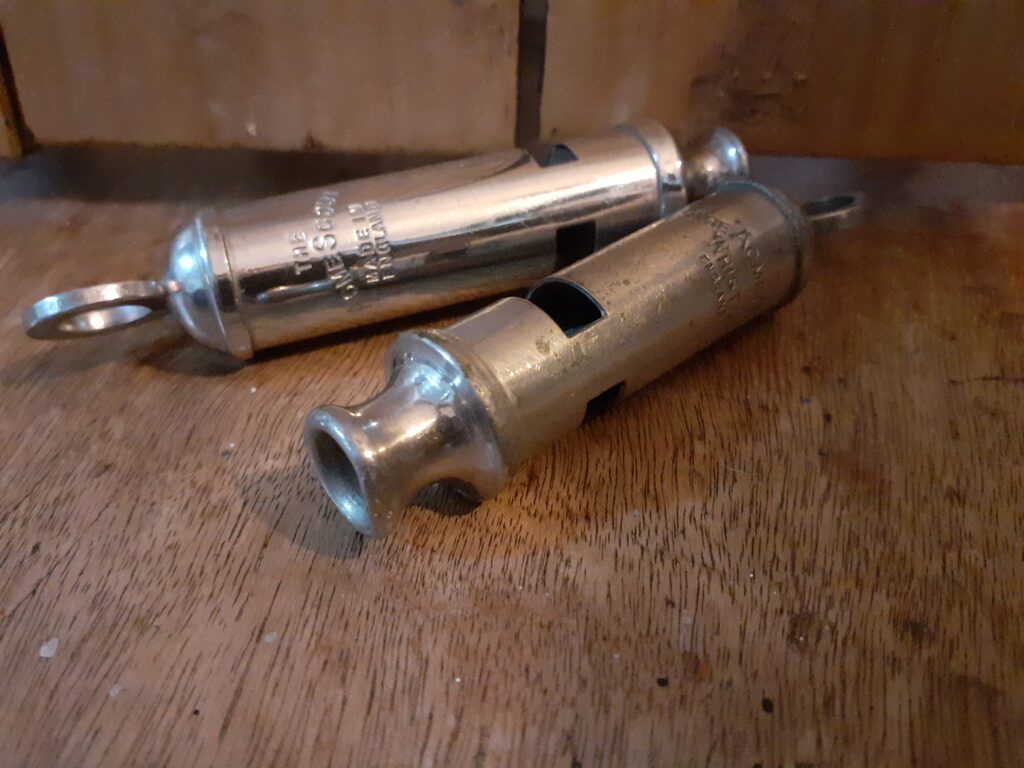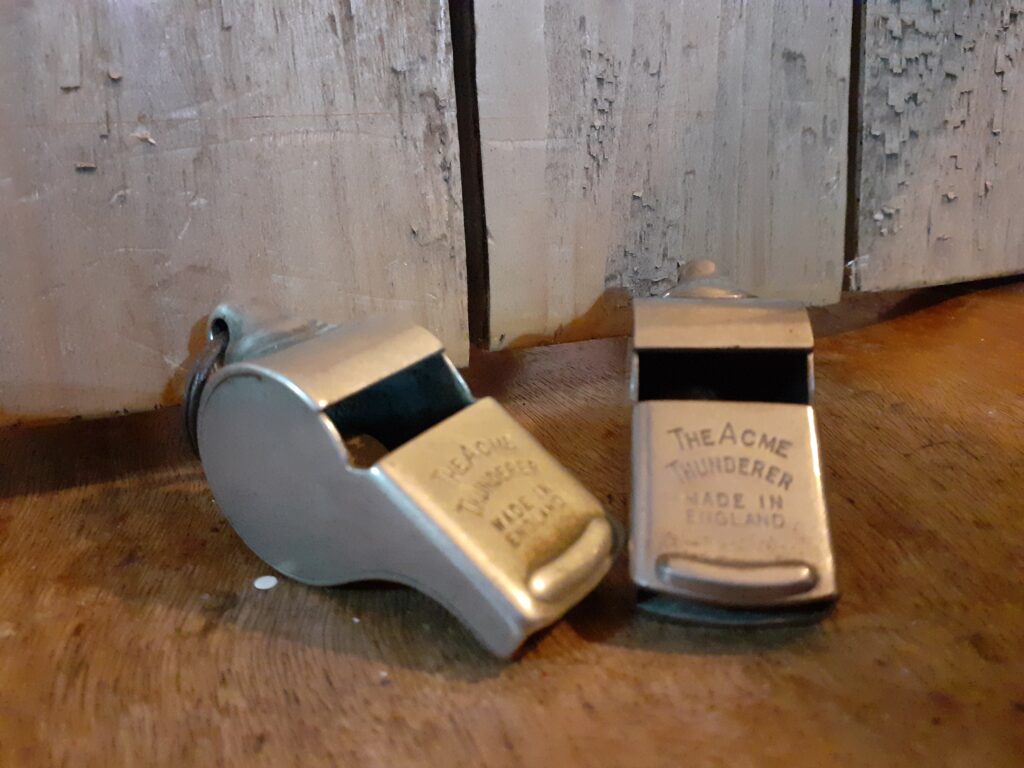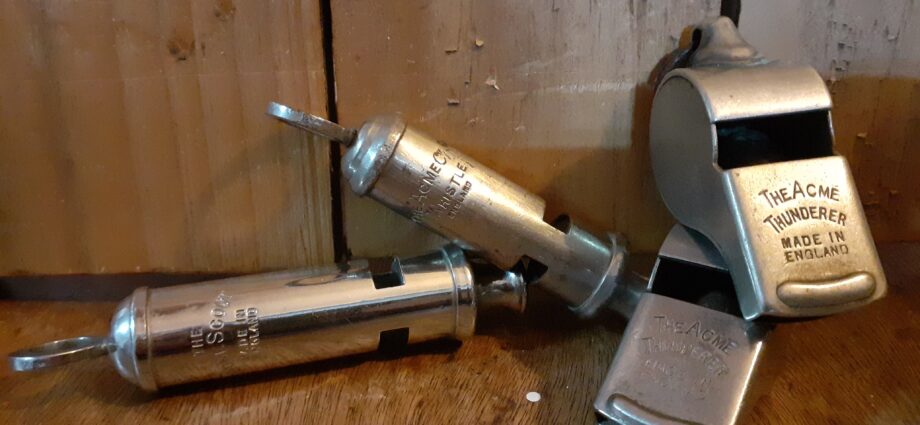The Birth of the Acme Whistle
The history of the Acme whistle dates back to the 1870’s when Joseph Hudson, a toolmaker from Birmingham, England, began experimenting with various designs. His aim was to create a more reliable and effective whistle. Hudson’s innovation was driven by a growing need for improved signalling devices, especially in industrial and sporting contexts. In 1883, Hudson established the Acme Whistle Company, marking the official beginning of a legacy that would span decades.
The Acme whistle quickly gained popularity for its consistent and powerful sound. Unlike its predecessors, the Acme whistle utilised a unique design that allowed for a louder and more penetrating tone. This innovation made it an ideal tool for various applications, ranging from sports events and maritime use to industrial and emergency signalling.
The Ubiquitous Acme Whistle in Society
As the Acme whistle continued to evolve, its applications in society became increasingly diverse. One of the whistle’s primary uses was in sports officiating. Referees and umpires across different sports adopted the Acme whistle for its loud and distinct sound, ensuring that players and spectators could easily discern the officials’ signals. The whistle became an indispensable tool in sports such as football, rugby, and hockey, where quick and clear communication is essential.
Beyond sports, the Acme whistle found widespread use in maritime environments. Ship captains, sailors, and maritime personnel relied on the whistle to convey crucial commands and warnings amidst the noise of the sea. The distinctive sound of the Acme whistle became synonymous with maritime safety and communication.
Moreover, the Acme whistle played a vital role in industrial settings. Factory workers and laborers used the whistle to communicate in noisy environments where verbal communication was often impractical. The whistle’s sharp and attention-grabbing sound served as a reliable means of signalling shift changes, emergencies, or other important messages within industrial facilities.


The Enduring Importance of the Acme Whistle
The Acme whistle’s enduring importance in society lies in its versatility, reliability, and ability to cut through noise. Over the years, the whistle has become an iconic symbol of authority, safety, and communication. Its distinctive design and powerful sound make it an indispensable tool in various professional domains, from law enforcement and military to sports and emergency services.
In contemporary society, the Acme whistle continues to be an essential item for individuals responsible for crowd control, safety, and coordination. Law enforcement officers, security personnel, and emergency responders rely on the Acme whistle to convey orders and signals clearly in dynamic and high-stress situations.
In conclusion, the history of the Acme whistle is a tale of innovation and adaptability. From its humble beginnings in 1883, the Acme whistle has evolved into a symbol of effective communication, safety, and authority across diverse societal contexts, leaving an indelible mark on the history of signalling devices.
Further more
At Wildcard Curiosities we acquire Acme whistles on a regular basis. However they do not stay for long before being rehomed. Over the next week our next lot of Acme whistles will go on our online shop so please keep in touch with us across our social media platforms and our website before the whistle is blown on this chapter. See what I did there?
